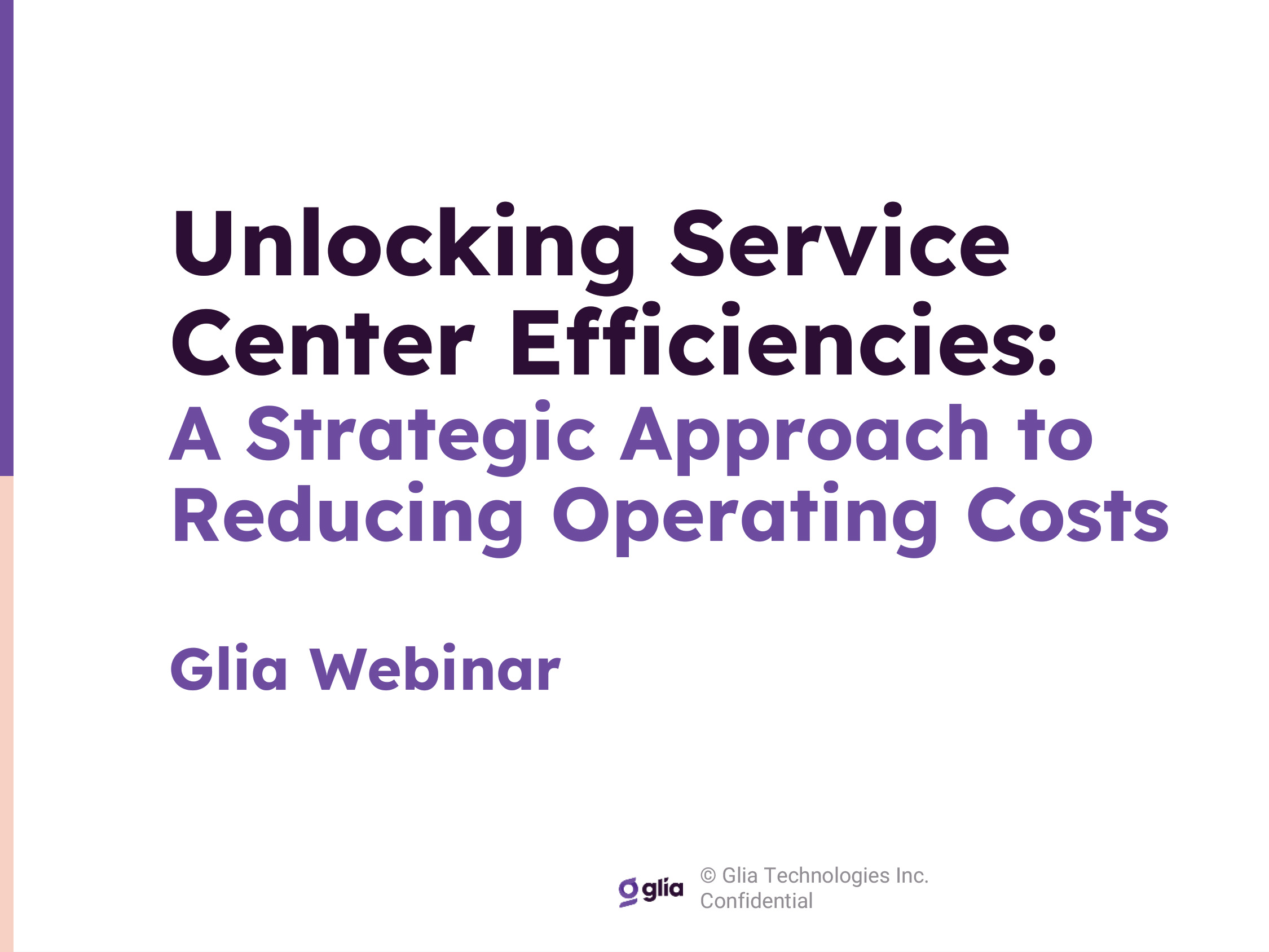Sponsored Content by Helios
It’s all in the Code: Five Essential Characteristics of HCPCS that Influence Outcomes
Payers are no stranger to codes. Claim and policy administration systems are filled with them. Moreover, whether designating claim type, feature, branch office, policy term, type of injury, or another classification, their use facilitates consistency and understanding. Codes also guide clinical and financial decision-making. At the foundation of medical cost management are three code sets. The International Statistical Classification of Diseases and Related Health Problems (ICD) diagnostic and procedure codes, ICD-10-CM and ICD-10-PCS respectively, are used to classify diseases, disorders, injuries, infections, and symptoms. National Drug Codes (NDCs) help ensure claimants received the correct strength, dosage form, and type of medication. Their use also helps pharmacists recognize the difference between products that may look or sound alike. Yet another useful code set is the Healthcare Common Procedure Coding System (HCPCS) created to identify services, products, and procedures rendered for the condition. It is on this code set we will focus.
When processing ancillary benefits in workers’ compensation and auto no-fault, HCPCS can determine whether the item is considered medically necessary and therefore, available to the claimant and otherwise related to the compensable condition. Codes can also affect the reimbursement amount. Thus, if a coding error is made, there can be significant adverse impacts to payers and claimants alike. For example, the vendor could stop supplying the item based on insufficient reimbursement, or the payer could deny the product or service completely. Both are detrimental to the claimant or overall claim outcomes. Coding errors may also result in claim leakage if applied incorrectly or misunderstood in the review process. It is therefore essential that payers be mindful of five essential characteristics of HCPCS.
#1 – HCPCS are generic
Like pharmaceuticals, there are many different providers and manufacturers of similar durable medical equipment (DME) items. However, HCPCS are not specific to brand and usually hundreds of different products can fall under the same HCPCS. In addition, some codes include certain services, such as evaluations and fitting fees, whereas some codes do not. For example, some health HCPCS rarely indicate the actual services being provided in the home, such as wound care or home infusion, but instead simply indicate an RN or LPN visit.
#2 – Unit of measure influences coding
Some supply codes have very specific units of measure, which can result in HCPCS quantities that are not whole numbers and can result in mathematical errors or rounding. For example, HCPCS code A4450 has a unit of measure of ‘per 18 square inches’ and is assigned to a roll of tape that is 2 inches by 5.4 yards, equaling 388.8 square inches. The quantity for this HCPCS code would therefore be 21.6. Additionally, some HCPCS codes specify ‘per pair’ or ‘each,’ so understanding the actual supply is important to determine the appropriate quantity.
# 3 – Sometimes, there is not a specific code
Centers for Medicare and Medicaid Services (CMS) has created a number of miscellaneous codes that have generic definitions and can be used when no other CPT or HCPCS code matches the description of the product or service provided. Miscellaneous codes can be easily abused either unintentionally due to lack of time and knowledge, or intentionally by a provider seeking a higher reimbursement rate. This is because miscellaneous codes typically do not carry a fee schedule due to their versatility and, therefore, may be reimbursed at higher amounts than a non-miscellaneous code. For example, K0108 defines a ‘wheelchair component or accessory, not otherwise specified;’ however, most wheelchair parts have a specific code outside of this one which could be more appropriate while also carrying a lower allowable amount.
#4 – Supplemental modifiers are useful
A supplemental modifier or identifier is a billing value that further clarifies the HCPCS/CPT code by telling the payer more about the billed product or service. Their application influences reimbursement because fee schedules largely differ depending on which modifier is reported. A rental (RR) for example, does not warrant the same reimbursement as a purchase (NU) yet both a purchase and rental of the same product carry the same HCPCS. Consider the following codes, K0001 = ‘STANDARD WHEELCHAIR’, K0001 RR = ‘STANDARD WHEELCHAIR’ that has been rented, and K0001 NU = ‘STANDARD WHEELCHAIR’ that has been purchased. Depending on the fee schedule, reimbursement could be $45 or $500.
Modifiers are also useful because they can define the unit of measure. By default, a HCPCS with a modifier of ‘RR’ is a rental per month. However, in some cases a provider may bill for a device daily and therefore interpret the fee schedule as daily rather than monthly. In this scenario, the provider may bill with a daily unit of measure, billing a quantity of 30 instead of the allowable amount of one. For devices that are rented daily, such as a negative pressure wound therapy device or continuous passive motion device, it is important to understand the unit of measure being used (monthly or daily) and be mindful that the daily billing exceeds the monthly allowable.
# 5 – The diagnosis influences allowable amounts
Some HCPCS change based on the diagnosis of the injured person and therefore, the allowable amount may fluctuate. For example, depth-inlay shoes are coded as an Orthotic (L – code) if the patient does not have a diabetic diagnosis and is using the shoes for orthopedic reasons. The same depth-inlay shoe may be used for a diabetic patient, but it would warrant an A-code, which can have a higher reimbursement level.
Influencing outcomes
The use of coding assists claims professionals in compensability decisions, guides clinical decision-making, informs point-of-sale utilization controls, influences claim handling policies and procedures, and provides a valuable data point in statistical and analytics models. Moreover, their use facilitates better clinical and financial claim management in terms of payments that are more accurate, greater processing efficiency and consistency, and improved clinical management as a result of better understanding the medical condition(s) associated with the claim and the various therapies in use. Remaining mindful of the aforementioned five essential characteristics of HCPCS can therefore not only mitigate claim leakage but also achieve a better outcome.













